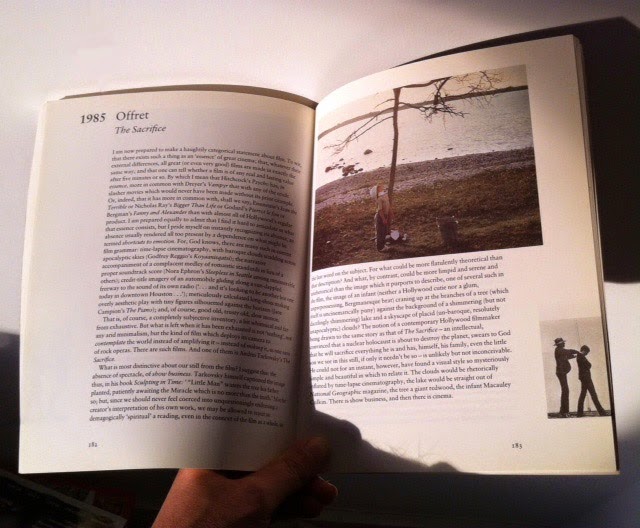“But their greatest reach of imagination is employed in contriving figures, where the beauty shall be great, and strike the eye, but without any order or disposition of parts that shall be commonly or easily observed: and, though we have hardly any notion of this sort of beauty, yet they have a particular word to express it, and, where they find it hit their eye at first sight, they say the sharawadgi is fine or is admirable, or any such expression of esteem.”According to Arthur Cooper, the sa-lo in Li Po’s poem relates to the notion of Heraclitus: ‘the ever changing yet never-changing waterfall as the symbol of nature; a reason for the special importance of waterfalls in Chinese paintings.’ Whilst these speculations may not pass academic scrutiny, I think they offer a stimulating chain of connections and associations: Li Po –
Incidentally, the Poetry Library archive has an old review of the Arthur Cooper translations which is not very complimentary. But I would still recommend the book for the pleasure of the notes and introduction.






